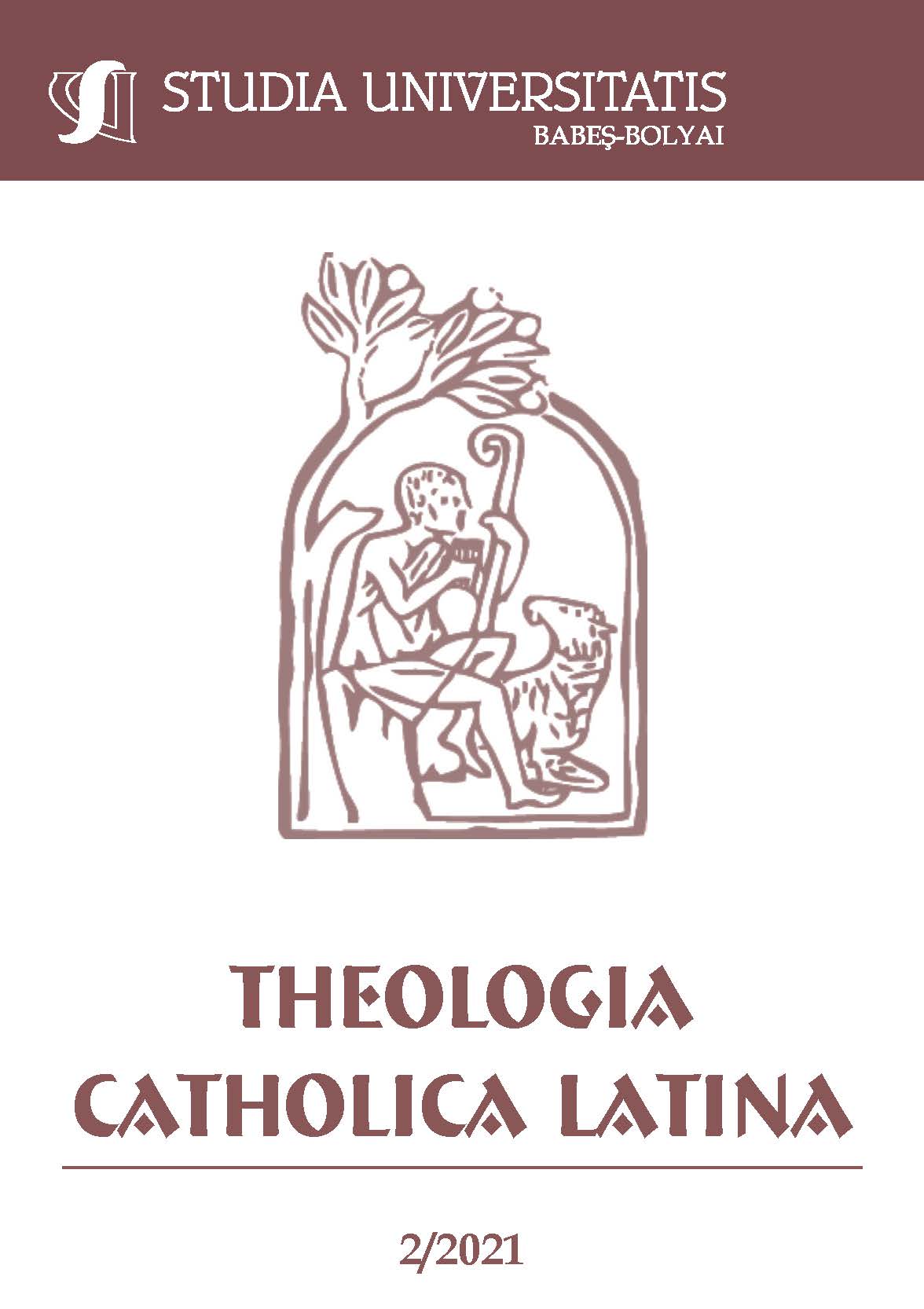DIE ROLLE DER KOMM UNIKATIONWÄHREND DER LITURGIEREFORM NACH DEM ZWEITEN VATIKANISCHEN KONZIL. DIE GESCHICHTE EINER PASTORALLITURGISCHEN RÜCKMELDUNG ÜBER DIE ERGEBNISSE DER LITURGISCHEN ERNEUERUNG AUS UNGARN
THE ROLE OF COMMUNICATION IN THE LITURGICAL REFORM AFTER THE SECOND VATICAN COUNCIL. THE STORY OF A PASTORAL REPORT ON THE RESULTS OF THE LITURGICAL RENEWAL IN HUNGARY
Author(s): Gábor KissSubject(s): Christian Theology and Religion, History of Church(es), Theory of Communication
Published by: Studia Universitatis Babes-Bolyai
Keywords: liturgy; reform; Second Ecumenical Council; Sándor Kovács; Hungary; National Liturgical Committee; communication; evaluation; Consilium; Hungarian Catholic Bishops Conference;
Summary/Abstract: Sacrosanctum Concilium, the Constitution on the Sacred Liturgy, one of the constitutions of the Second Vatican Council, is the Magna Carta of the post-conciliar liturgical reform. However, the renewal of worship in the Catholic Church is by no means a mere one-step, linear process, but a complex sequence of procedures in which many authors have participated and are participating. It is therefore inevitable that the various hierarchical levels will engage in a continuous dialogue. The Consilium ad exsequendam constitutionem de sacra liturgia, which is responsible for coordinating liturgical reform in Rome, has on several occasions requested specific reports on episcopal conferences and the impact of liturgical amendments made by liturgical committees. The present study examines the Hungarian responses to the 1967 pastoral literature report.
Journal: Studia Universitatis Babes-Bolyai - Theologia Catholica Latina
- Issue Year: 66/2021
- Issue No: 2
- Page Range: 42-52
- Page Count: 11
- Language: German

